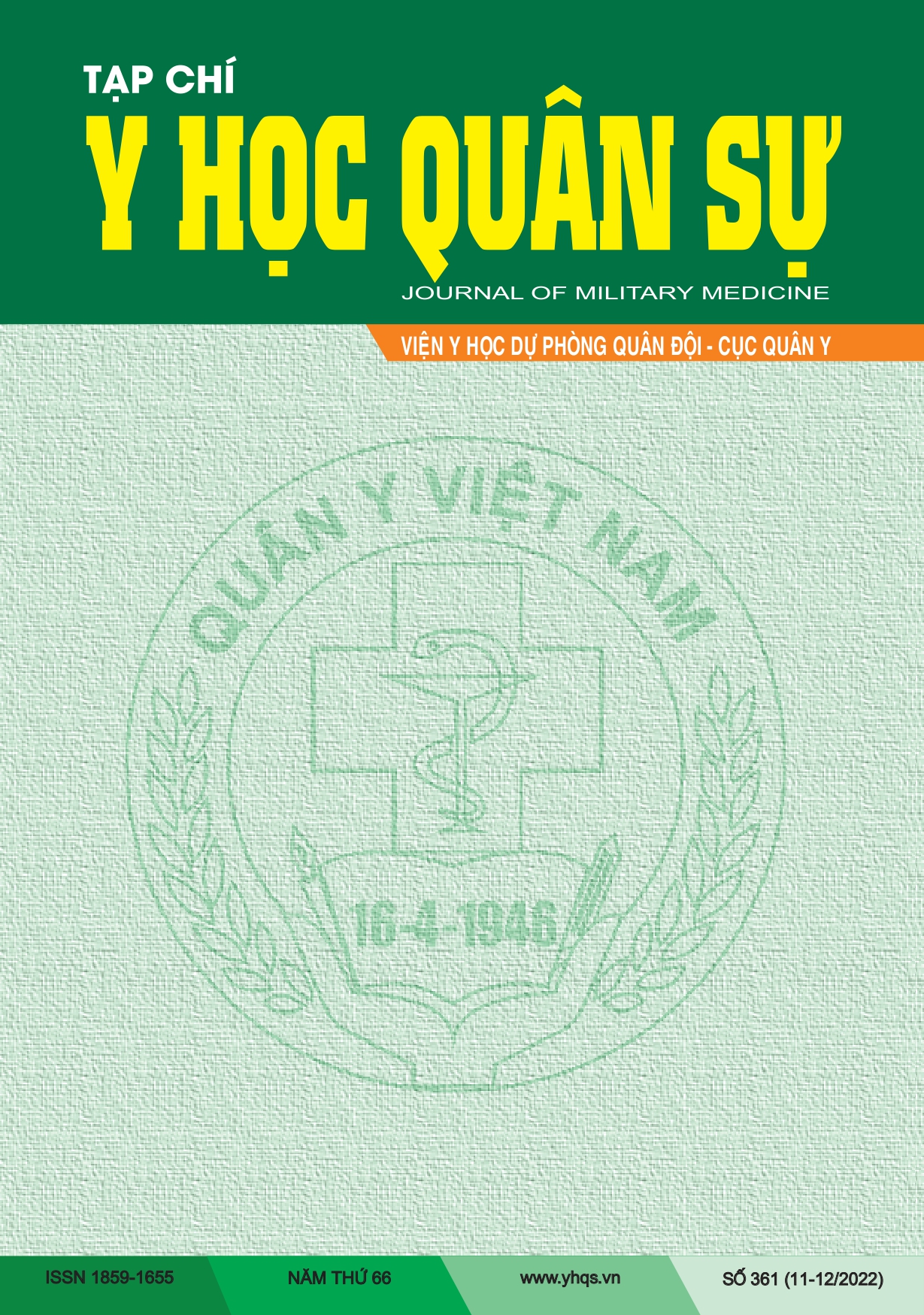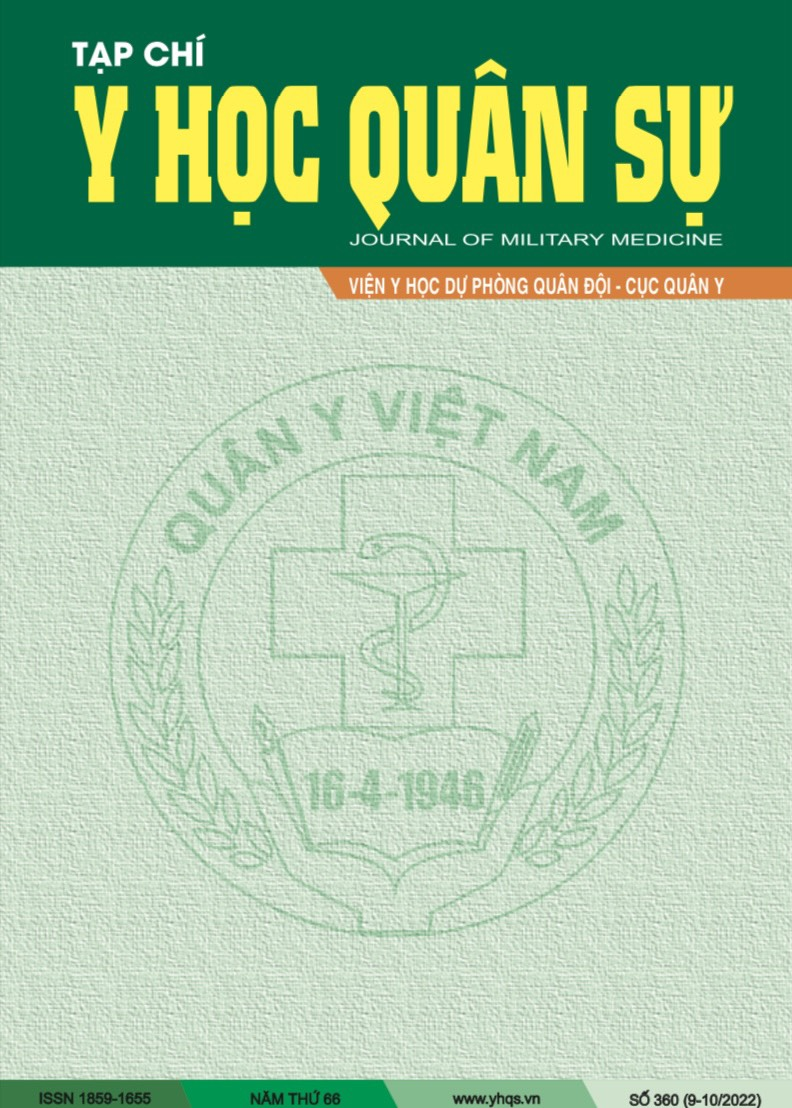THỰC TRẠNG SỬ DỤNG THUỐC GIẢM ĐAU SAU PHẪU THUẬT TẠI BỆNH VIỆN THỐNG NHẤT
Từ khóa:
Thực trạng, sử dụng thuốc, giảm đau sau phẫu thuậtTóm tắt
Nghiên cứu mô tả hồi cứu về thực trạng sử dụng thuốc giảm đau sau phẫu thuật 217 bệnh nhân, tại Bệnh viện Thống Nhất (thành phố Hồ Chí Minh), từ 01/01/2021 đến 01/3/2021.
Kết quả: Có 95,85% bệnh nhân sử dụng thuốc giảm đau bậc 1; 43,78% bệnh nhân sử dụng thuốc giảm đau bậc 2 và 40,01% bệnh nhân sử dụng thuốc giảm đau bậc 3; 90,03% bệnh nhân điều trị kết hợp 2 thuốc giảm đau; 9,68% bệnh nhân chỉ sử dụng 1 thuốc giảm đau trong điều trị. Về đường dùng: 50,23% bệnh nhân sử dụng thuốc giảm đau tác dụng toàn thân; 19,81% bệnh nhân sử dụng thuốc giảm đau tác dụng vùng/tại chỗ; 29,95% bệnh nhân sử dụng kết hợp thuốc giảm đau toàn thân và thuốc giảm đau vùng/tại chỗ. Lượng thuốc giảm đau sử dụng ngày thứ 2 sau mổ ít hơn ngày thứ nhất có ý nghĩa thống kê. Hàm lượng tiêu thụ các thuốc giảm đau luôn trong giới hạn khuyến cáo
Tài liệu tham khảo
Bernard Vrijens, Sabina De Geest, Dyfrig A Hughes, et al (2012), “A new taxonomy for describing and defining adherence to medications”, British journal of clinical pharmacology, 73 (5): 691-705.
Dilek Memis, Mehmet Turan Inal, Gulsum Kavalci, et al (2010), “Intravenous paracetamol reduced the use of opioids, extubation time, and opioid-related adverse effects after major surgery in intensive care unit”, Journal of critical care, 25 (3): 458-462.
Veerabhadram Garimella, Christina Cellini (2013), “Postoperative pain control”, Clinics in colon and rectal surgery, 26 (03): 191-196.
Philip W.H Peng, Duminda N Wijeysundera, Carina C.F Li (2007), “Use of gabapentin for perioperative pain control–a meta-analysis”, Pain Research and Management, 12 (2): 85-92.
Sarah El Helou, Souheil Hallit, Sanaa Awada, et al (2019), “Adherence to levothyroxine among patients with hypothyroidism in Lebanon”, EMHJ, 25 (3-2019).
Yanxia Sun, Tianzuo Li, Nan Wang, et al (2012), “Perioperative systemic lidocaine for postoperative analgesia and recovery after abdominal surgery: a meta-analysis of randomized controlled trials”, Diseases of the colon & rectum, 55 (11): 1183-1194.
C Remy, E Marret, F Bonnet (2005), “Effects of acetaminophen on morphine side-effects and consumption after major surgery: meta-analysis of randomized controlled trials”, British journal of anaesthesia, 94 (4): 505-513.
James R Fricke Jr, David J Hewitt, Donna M Jordan, et al (2004), “A double-blind placebo-controlled comparison of tramadol/acetaminophen and tramadol in patients with postoperative dental pain”, Pain, 109(3): 250-257.
B Du Manoir, F Aubrun, M Langlois, et al (2003), “Randomized prospective study of the analgesic effect of nefopam after orthopaedic surgery”, British journal of anaesthesia, 91 (6): 836-841.
A.C Van Elstraete, P Sitbon (2013), “Median effective dose (ED50) of paracetamol and nefopam for postoperative pain: isobolographic analysis of their antinociceptive interaction”, Minerva Anestesiol, 79 (3): 232.



